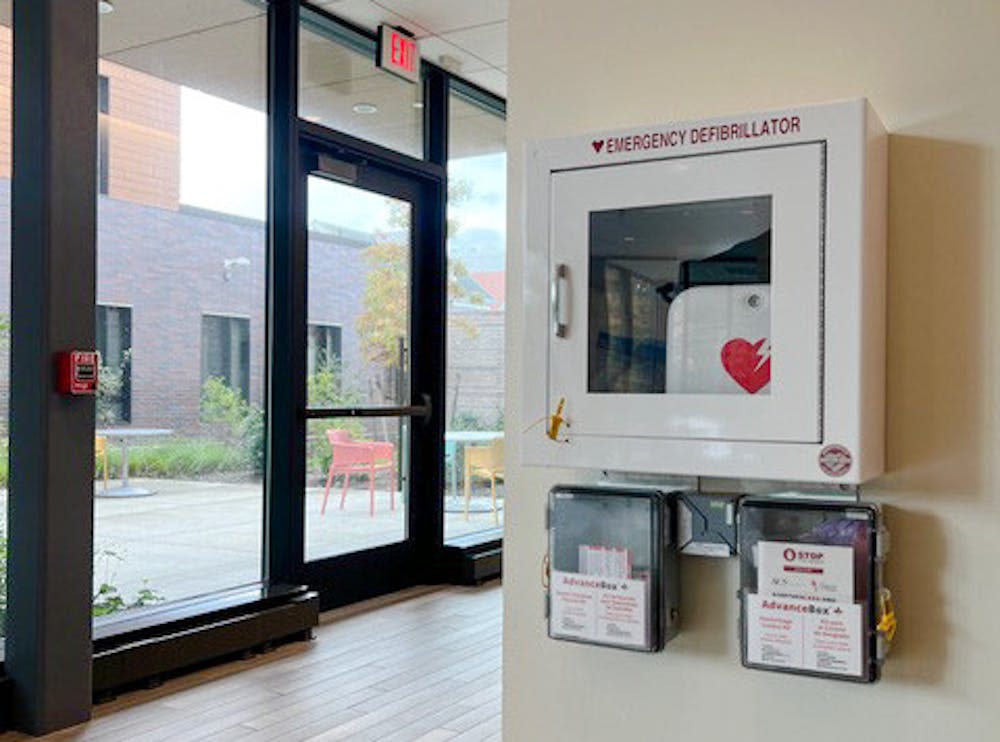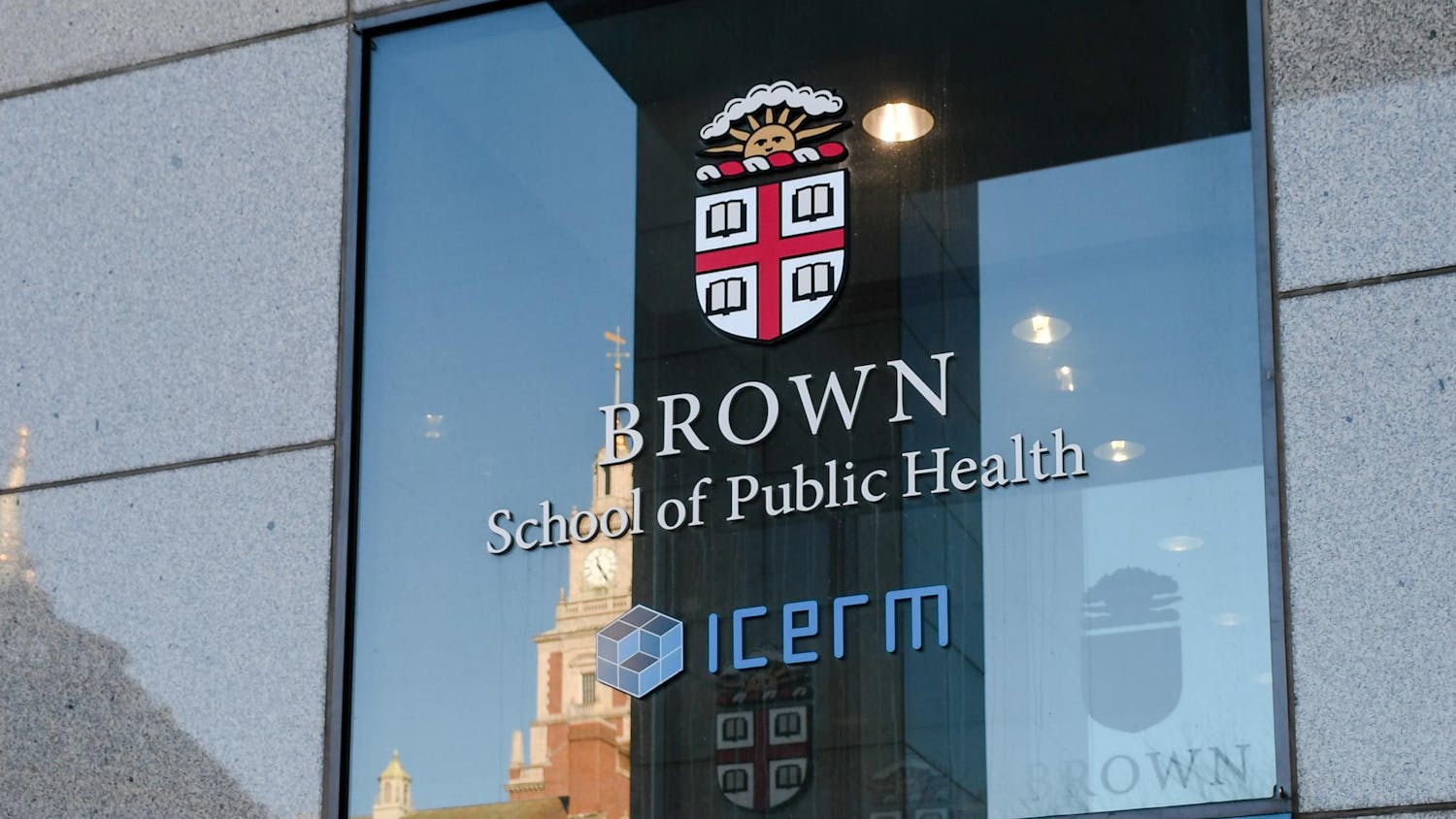Last month, Brown Emergency Medical Services CPR Training Collaborative launched a new monthly newsletter, the heartBEAT Broadcast. In an effort to promote “the importance of life-saving skills,” the heartBEAT provides community members with information on where they can find resources on CPR and first aid training, according to Brooke Jewett, community emergency response coordinator at Brown EMS.
Community members consistently engage with EMS services, according to Jewett. In February, Brown EMS advertised CPR training classes in Today@Brown and “filled every class we scheduled and even had to make a waitlist to keep up,” Jewett wrote in an email to The Herald.
“From students to faculty and staff, it was clear a large portion of our community wanted to know what to do if somebody fell ill in front of them,” she added. “We needed a centralized source of information to keep those interested in the know — a place where people could see what training is available and decide which one best suits their needs.”
March’s heartBEAT included information about community workshops and a map of the available automatic electronic defibrillators on campus. In an effort to promote the importance of CRP and first aid, the newsletter also included readings that answered “common questions and concerns” about the subjects.
“My hope is that these readings will inspire and help people feel better prepared to act in an emergency situation,” Jewett wrote.
Though Jewett is currently the sole manager of the heartBEAT, she noted that it’s a collaborative effort to accumulate information about resources. The items listed in the newsletter are typically informed by input from colleagues, community members, CPR instructors and other health and wellness partners across campus, according to Jewett.
For Juliana Katz ’22 MD’26, a CPR instructor for Brown EMS, the newsletter could have life-saving effects. “Simply getting the information out there — from how to sign up for classes to where naloxone can be found around campus — can help empower students to respond in a cardiac or first aid emergency and save lives,” Katz wrote in an email to The Herald.
“Community outreach is incredibly important when it comes to CPR,” Katz wrote. “Current AHA data shows that hundreds of thousands of out-of-hospital cardiac arrests occur each year,” and already low rates for bystander CPR are "lower for women patients and in low-income areas," she added.
“Having a newsletter with CPR and first aid resources can be very helpful so that people can know about (various) workshops and … can be aware of things such as AED locations in case they ever need them,” Finja Scholz ’24, a Brown EMS workshop leader, wrote in an email to The Herald.
Above all, heartBEAT looks to expand access to the knowledge and the power to save lives, according to Jewett.
“It is incredibly rewarding to know that you are teaching community members to become confident and competent (that) they can save someone in an emergency medical situation,” wrote CPR instructor Rachel Huynh ’23 wrote in an email to The Herald.
Correction: A previous version of this story misstated that the number of out-of-hospital cardiac arrests is higher among women patients and in low-income neighborhoods, when it is that bystander CPR is provided less to these patients. The Herald regrets the error.
Correction: A previous version of this story misstated that Finja Scholz '24 was a CPR instructor for Brown EMS, when she is a Brown EMS workshop leader. The Herald regrets the error.

Ryan Doherty is the managing editor of digital content and vice president of The Herald's 135th editorial board. He is a junior from Carmel, NY who is concentrating in chemistry and economics. He previously served as a university news and science & research editor, covering faculty and higher education.





